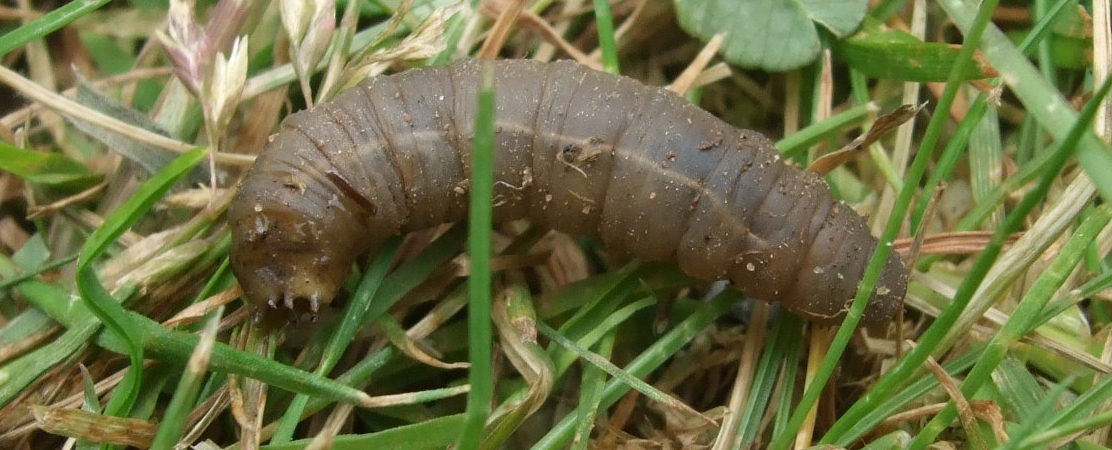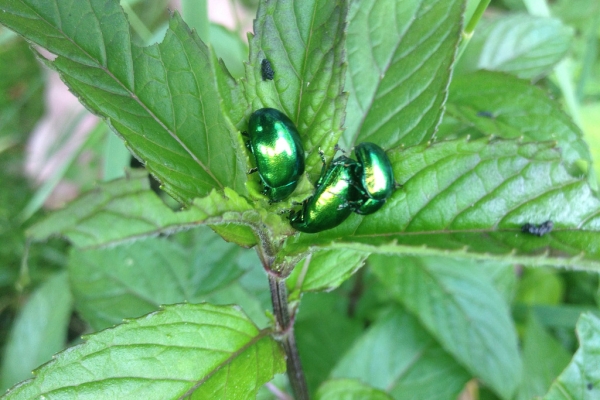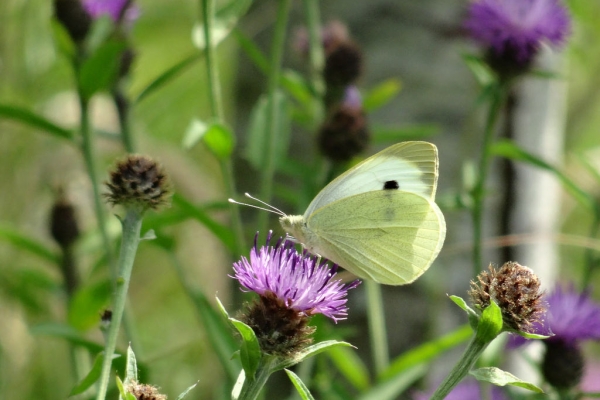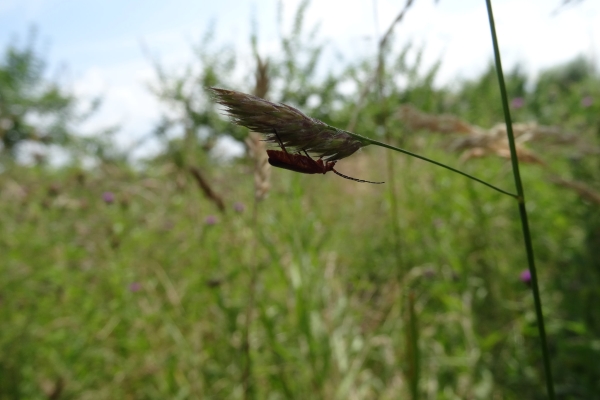Leatherjacket control
Field lab note: Lifecycle
Resource explained
Leatherjackets (the larvae of crane-flies, or daddy long-legs) can be a damaging crop and grass pest that is very difficult to control. The Innovative Farmers network has been running a field lab on non-chemical ways to control them. Leatherjackets eat roots and shoots of cereal plants such as barley, oats and wheat, as well as grass, potentially ruining crops. The crane-fly lays its eggs in tussocky grass in late summer, so cereal crops sown after grass are very susceptible to leatherjacket attack. The field lab has been focusing on alternative sprays based on plant extracts, considering the leatherjacket’s lifecycle as part of a control strategy, and minimising damage to grass and crops. This field lab note focuses on the lifecycle of leatherjackets, and outlines some of the management and biological control options.
Findings & recommendations
- Leatherjacket infestations can lead to expensive crop failures. They cause most damage in late spring, when they are at their biggest stage.
- As craneflies prefer to lay their eggs in tussocky grass, you can prevent leatherjackets by not having grass available in fields at risk from leatherjacket damage, thereby preventing egg-lay.
- If reseeding grass, cultivate in early spring and sow in mid-summer. Sow a forage brassica in the back end before reseeding next spring.
- With permanent grass, tight grazing in late summer can reduce the amount of tussocky grass. Sow a green manure (that does not contain any grasses or cereals) in summer.
- If breaking up grass to sow an arable crop, grow a non-cereal crop i.e. oilseed rape after grass.
- Increase the chances of birds eating craneflies and leatherjackets by encouraging good populations of birds on your farm.
- Expose larvae to risk of dessication and predation by birds by cultivating early and then sowing a winter crop a bit later than normal.
Also see:
which documents some insights from an organic farmer in Fife who began trying different management techniques when he realised he had a serious problem on his farm. One biological control being trialled is using a garlic spray (which may be effective but it is not yet known what impact it has on soil biology and at the moment is not economically viable for farmers).
(Header image credit: Soil Association Scotland)









